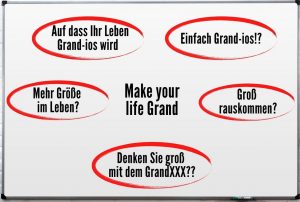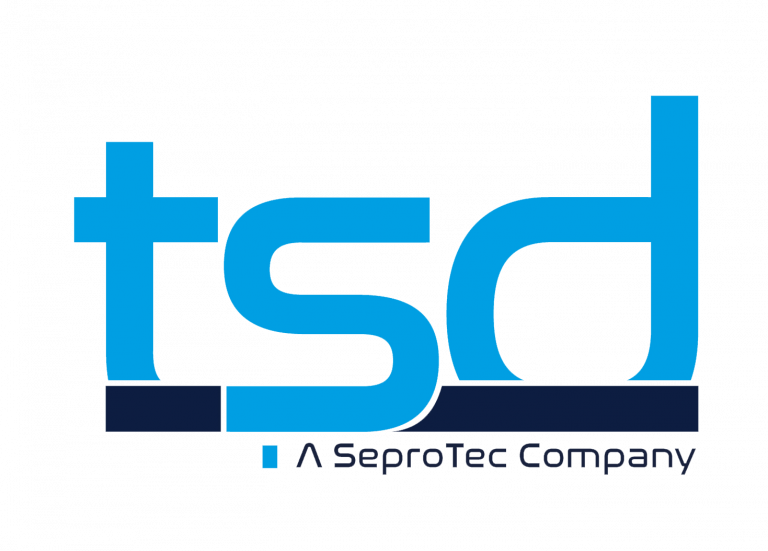This little thing called Context –
"If the context does not come to the translator, then the translator must come to the context"
 Anyone who works in the translation and localisation industry knows the phenomenon: without context, you are quickly lost in translation. Our project managers and language specialists could write a novel about this.
Anyone who works in the translation and localisation industry knows the phenomenon: without context, you are quickly lost in translation. Our project managers and language specialists could write a novel about this.
Context, whether verbal or non-verbal, is crucial for communication and contributes significantly to the general understanding. So how can it be that in some translation projects the necessary context is missing?
We got to the bottom of this question and tried to work out practical solutions for this topic.
Context is missing – but why?
To answer this question, we first had to analyse a few reports, search through some e-mails, and squeeze out our colleagues. Which projects are affected? What are the circumstances for the missing context? Are there any correlations?
We quickly identified 4 project types where context is often in short supply.
Micro projects
Micro projects are not uncommon. The marketing team needs a quick translation of a few lines or the communications department wants to address the global team with a short excerpt from the internal newsletter.
Our project managers regularly receive e-mails asking them to translate the following text « quickly ».
« We need a translation of the word « home » into Italian. It’s urgent! »
First thought « One word – no problem at all. We’ll have it translated in no time ». Upon closer look, however, it turns out that the translation is becoming more of a quiz, because depending on the type of word and the context, several translations are possible.
Let’s have a look at our example again – What is intended by the customer here?
a. We are talking about a house (« casa »).
b. It is figuratively spoken of the family (« Famiglia »).
c. Or we are referring to domestic (« domestica »).
Without context, no accurate translation of this term can be made. After consulting the customer, it turns out to be neither a), b), nor c), but the hidden answer d)
d. It is the translation of the home button on their website.
Slogans

For a Language Specialist, translating slogans may seem more like a brainstorming session. Slogans are small, compact, and, unfortunately, lacking in context all too often. They often play with words – so a word-for-word translation is usually out of the question – and they are closely linked to the company’s brand identity.
So finding a wording that suits the customer’s taste is a real challenge.
« Please translate our slogan « Make your life Grand » into German. »
As a language specialist, you often have no choice but to offer various options and to consult closely with the customer, along the lines of: « If the context does not come to the translator, then the translator must come to the context ».
Software texts
Software texts are often a simple collection of loose software strings. Exported from different systems, they often end up on the Language Specialist’s « desk » in the form of an Excel spreadsheet.

« Enclosed you will find the file for translation. Thank you very much! »
Without any notes from the customer or access to the direct environment of the terms, as a Language Specialist you are often groping in the dark.
With so many possibilities, the translations often resemble the answers of a popular quiz show of the 90s called Family Feud: « We asked 100 Language Specialists: … «
Updates or "the queen of low-context translation"
You receive texts, but what belongs together and how are they linked? These scenarios have been on the rise for a decade- made possible by partial exports from content management systems or even by locking segments within translation management tools.
At first, the approach sounds great – you only translate the content that is really new, pre-translated content remains unaffected by the editing. But the effects on the context are soon obvious: 10,000 words, 8,000 of which are locked – there is no time to read through everything.
With such patchwork translations, good planning and sensitivity are required. And also a certain amount of training for the language specialist.
Providing context - but how?
3 golden tsd rules (« lessons learned »):
- Communication is the key to success: this may sound like a mere cliché to many, but nowhere does it seem to be truer than in the translation process. Only through constant communication and active exchange of all information can a high-quality translation be achieved.
- Conscientious preparation does half the work: the more information can be shared and made available in advance, the faster and more accurately the translations can be delivered.
In project management, we therefore like to work with specially developed checklists that clarify project requirements in the beginning and thus make the process much easier. - Process evaluation: For every piece of content, standard processes should be established and regularly evaluated so that any loose ends can be directly addressed and fixed. We are therefore in contact with our customers on a regular basis to streamline their workflows.
